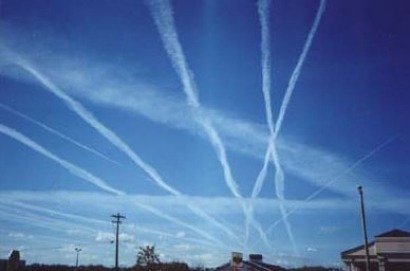
The EPA issued a final scientific assessment that concluded carbon emissions from aircraft endanger public health and welfare, a legal prerequisite the agency must take before regulating those emissions.
Whether the EPA follows through with proposed rules depends largely on who wins the presidential election in November, since any rule couldn’t be completed by January. Democratic nominee Hillary Clinton has vowed to continue President Obama's aggressive efforts to address climate change; Republican nominee Donald Trump has vowed to scrap the steps Obama has taken during his eight years in office.
Jet engines release large amounts of greenhouse gases, including carbon dioxide and methane, into the upper atmosphere, where they trap heat from the sun.
But taking them in hand hasn't been easy.
Both commercial airlines and aircraft builders strongly oppose emissions limits, and so controversial is the subject that the drafters of the Paris climate agreement didn't touch it.
The EPA, however, has concluded that curbing the pollution caused by commercial efforts is an important element of U.S. efforts to address climate change.
According to federal regulators, commercial flights are the third largest contributor to greenhouse gas emissions in the U.S. transportation sector.
A U.N. panel in February recommended new emissions standards for international flights that require an average 4 percent reduction in fuel consumption during the cruising phase of flight.
The new regulations from the International Civil Aviation Organization require that new aircraft designs meet the standards beginning in 2020, and that designs already in production comply by 2023.
For additional information:

